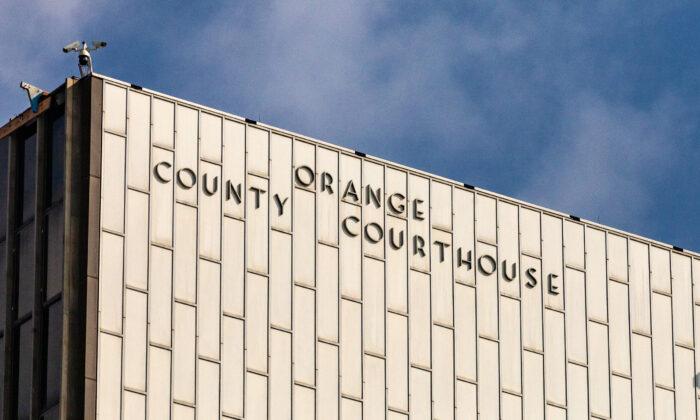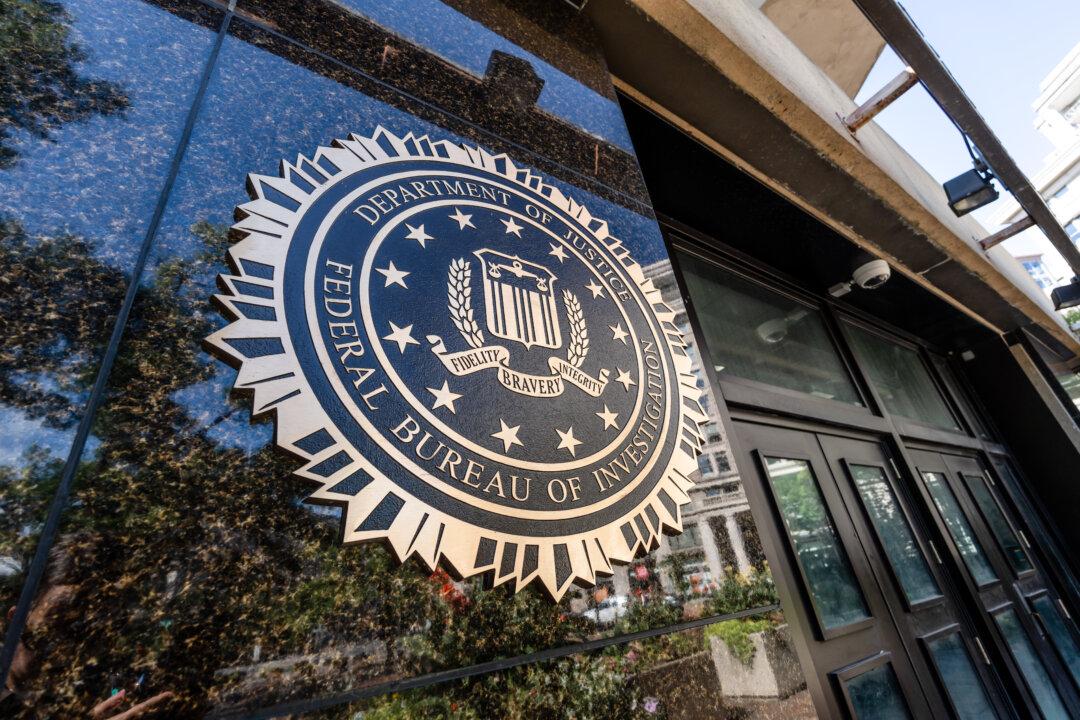LOS ANGELES—Los Angeles County health officials said Thursday they have confirmed the county’s first presumptive case of monkeypox, but they are awaiting final confirmation of the case by the U.S. Centers for Disease Control and Prevention (CDC).
“The patient is an adult resident who recently traveled and had a known close contact to a case,” according to a statement from the county Department of Public Health. “Although the patient is symptomatic, they are doing well and not hospitalized. They are isolated from others.”
Health officials said they are performing contact-tracing to identify anyone who was in close proximity to the person, and they are engaged in “post-exposure prevention” efforts for close contacts.
Three cases of monkeypox were previously confirmed in Sacramento County in Northern California.
The infection can cause lesser symptoms such as fever and body aches before developing into a rash that spreads across the body.
Since monkeypox cases are usually more common in African nations, its appearance in the United States and more than a dozen other countries has generated headlines, particularly among a populace weary of the COVID-19 pandemic. But health officials insist COVID is far more infectious than monkeypox. Los Angeles County health officials said, “The risk of monkeypox in the general population remains very low.”
As of Wednesday, the CDC had confirmed a total of 19 monkeypox cases in the United States, including the three in Sacramento County. The Los Angeles case, if confirmed, would be the 20th nationally and fourth in California, tying the state with New York for the most in the country.
According to the county Department of Public health, the infection spreads through contact with bodily fluids, monkeypox sores, or shared items such as bedding or clothing that were contaminated with fluids. It can also be transmitted through saliva and sexual contact.
Most people who develop monkeypox have only a mild illness that goes away within two to four weeks without treatment.
People with symptoms are urged to visit a medical provider, cover the rash area with clothing, wear a mask and avoid close or skin-to-skin contact with others.





